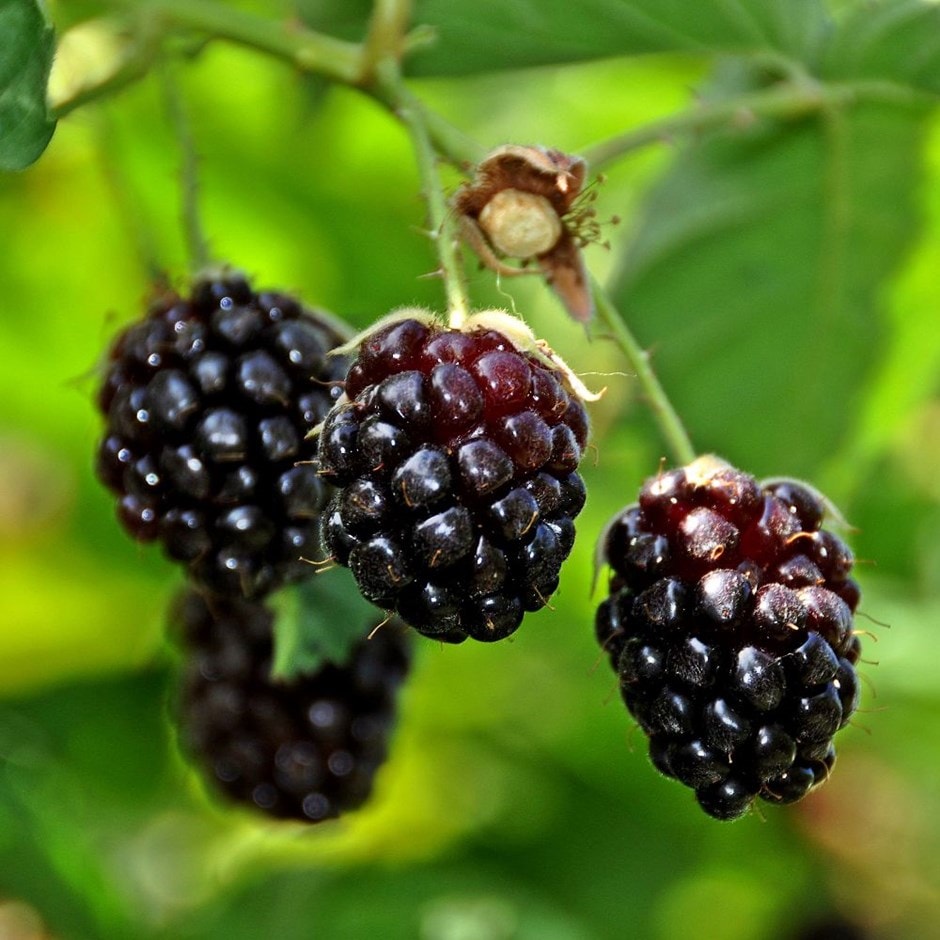If you love your summer fruits, then you will want to add a boysenberry to your collection. It's a complex (and very tasty) hybrid, which is a cross between a blackberry, loganberry, dewberry and raspberry.
The soft and succulent fruits have a delicious flavour, and they can either be eaten straight from the bush, or used to make jams, juices or pies. Less vigorous than many of the other brambles, boysenberry is ideal for smaller gardens - and could even be grown in a large pot.
How to care for Rubus Boysenberry:
Plant boysenberries in a sunny, sheltered spot with well-drained, fertile soil, spacing plants about 1.5m-2m (5-6ft) apart.
Provide support as the plant grows (either a series of posts and wires, or an obelisk or arch) and keep the plant well fed and watered during the growing season. Plants flower on one-year-old wood, so the new canes need to be separated from fruiting ones.
After cropping, cut the fruiting canes down to the ground and tie in the new ones that have grown that year. Apply a mulch of well-rotted compost around the base of the plant in spring.







